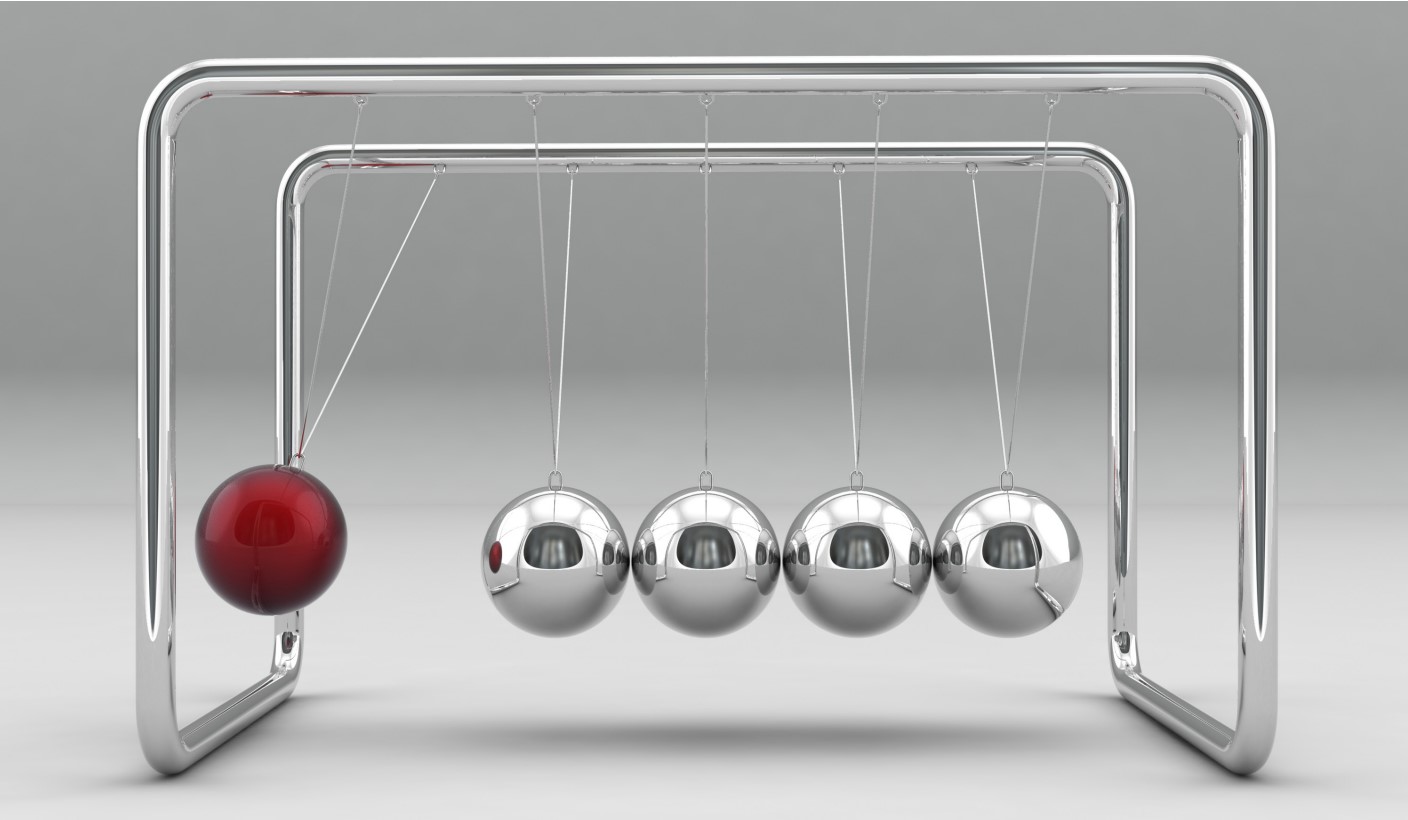High School | Daily Do
Can we predict what will happen to the speed of an asteroid after a collision?

Is Lesson Plan Lesson Plans High School
Sensemaking Checklist




Lesson Snapshot
High school students, as scientists, use motion carts and a simulation, as well as a mathematical model, to answer the following driving question: Can we predict what will happen to the speed of an asteroid after a collision? Students plan and carry out a qualitative investigation with motion carts, and then a qualitative investigation with a simulation. They observe that momentum is transferred from one object to another, but that the total momentum of a system is constant. They use the idea of conservation of momentum to calculate what the speed change to Dimorphos would have been when DART collided with it. In the following lesson, students will compare their results to scientists’ predictions, and they will compare both to the actual data (for both speed change and period change of Dimorphos).
This is Lesson 6 of the Asteroid Orbits Unit.
Click the Download PDF button above for the complete Lesson Plan.
Materials
Student Materials
Per Student
Per Small Group
- Collision cart equipment: cars, track, and weights
Teacher Materials
Optional Teacher Resources
- Asteroid Orbits Additional Resources


